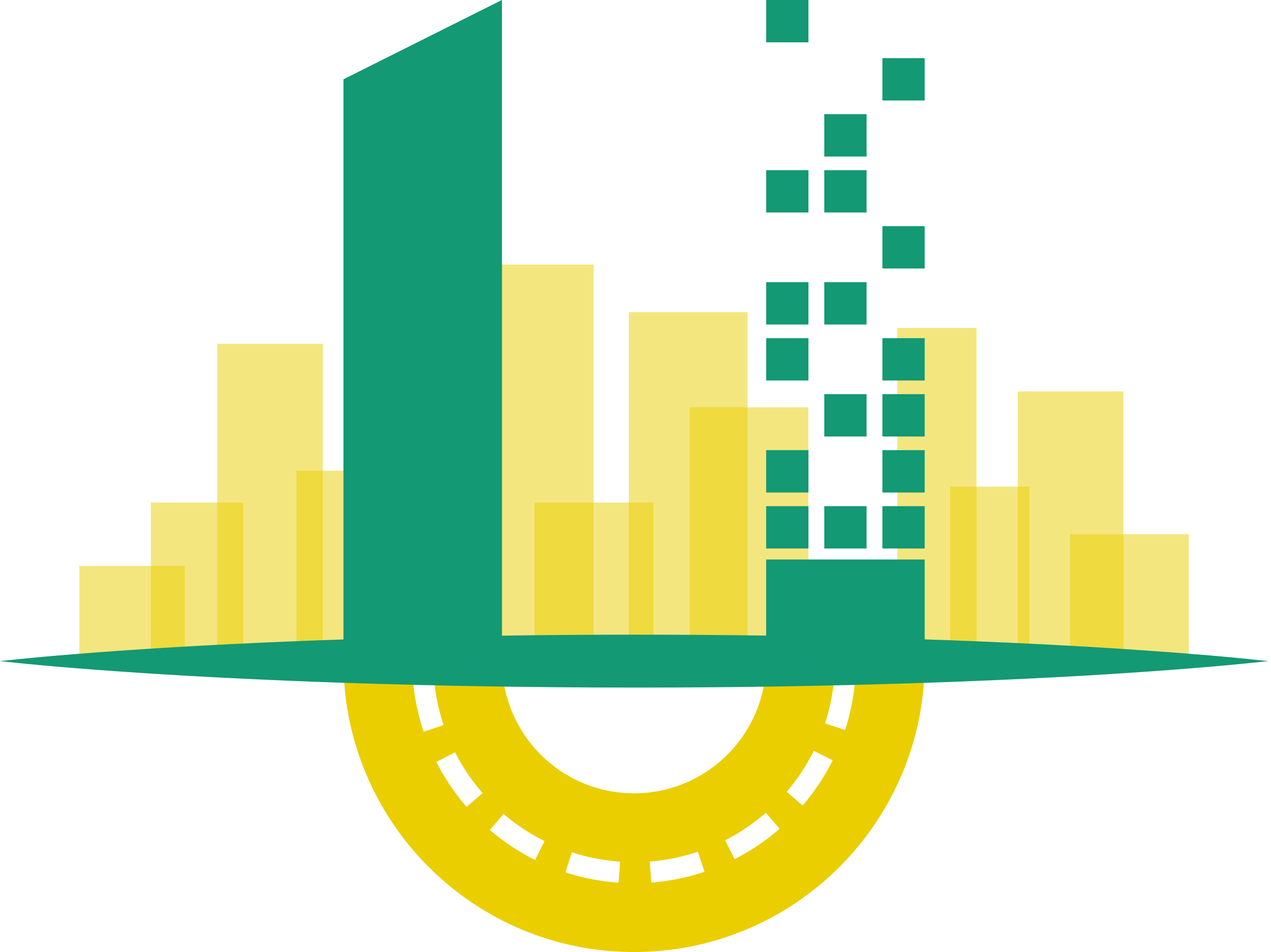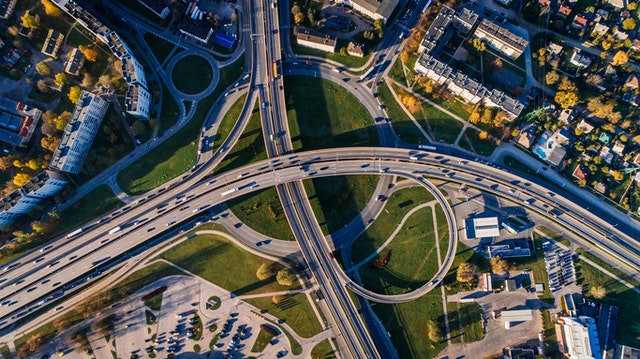Some insights on the acceptation of disruptive technologies by mobility policy-makers
Urban mobility faces more significant long-term uncertainty and complexity generated by two main factors: the demand for growth in urban environments, the pressure and urgency for a more sustainable model, and a reduction in pollution levels, given by a global warming emergency. Some figures, which help us to understand the complexity of the city: "Urban mobility accounts for 40% of all CO2 emissions from road transport and up to 70% of other transport pollutants" in the EU, where 74% (and increasing) of its population lives in urban areas. On the other hand, the accelerated technological development in the transport modes themselves and business models: autonomous driving, micro-mobility, connected vehicle, electromobility, mobility as a service (MaaS), new models of vehicle ownership, etc. that mark specific challenges in its deployment. These new technologies, disruptive business models and trends are changing the landscape of urban planning and mobility management in cities, adding new challenges. In general, we find social awareness is changing in favour of more equitable and sustainable modes, and the recovery of city space for persons.
Additionally, Covid-19 crisis has made us aware of the fragility and sensitivity of our models and plans to external events. Covid19 will have a deep impact on the urban mobility, in which the coexistence of the different modes of mobility must be balanced, ensuring the mobility restrictions everytime. Now, urban policy makers face a great challenge in managing mobility, but also have an opportunity to foster more sustainable models in Europe.
All these challenges require new advances in the mobility planning processes and methods, aiming to help public administrations and policy makers to a better understanding of this new context, supporting them in making policy–related decisions and predicting eventualities. Now, the traditional technological solutions are no longer valid for this situation and therefore, disruptive technologies such as big data analytics as well as decision support systems to support policy–makers arise. A diversity of sensing devices densely spread over the infrastructure, vehicles or the travelers’ devices act as sources of data flows that eventually fed traffic managers and modelling scientists, etc., to deploy more reliable decision support tools. This opportunity also brings with it specific challenges to favour the acceptance by users of the results obtained by applying these technologies. Some issues to take into account are:
- Any data-based modelling process should be actionable as its most desirable feature for the engineered model to yield insights of practical value, so managers can harness them in their decision-making processes. This implies some key characteristics: usability, adequacy of the tool to the user skills, confidence, uncertainty of the estimation and prediction results, interpretability, understanding of how information is processed along the data modelling pipeline, self-sustainability, ability of models to evolve and scalability, capacity to be deployed in large scale or other scenarios, among other non-functional requirements.
- Provision of mechanisms to curate, fusion and visualization of existing data coming from different sources related to urban mobility. Such data preprocessing should focus not only on improving the quality of data in terms of completeness, but also providing insights on the underlying process, while providing user-friendly early descriptive analytics capabilities.
- Awareness with Traffic/Mobility Theory. A better understanding of hybridization of simulation and data analytics methods, data-driven and model-driven approaches, by combining the strengths of each side: improving models by identifying more complex underlying assumptions and including additional aspects (e.g. those socio-demographic) and forecasting changes on the demand and supply sides and impact.
- A new ethical and policy framework must be co-designed to guarantee the coexistence of all mobility modes in a fair, ethical and sustainable manner, always keeping in mind a user-centered approach. Policies must be discussed among the main actors of the new urban mobility scenario: citizens, service providers, public servants and policy-makers. This scenario can be built upon two pillars: 1) co-creation sessions and 2) the empirical analysis on trust, attitude, impact, benefits and risks of the stakeholders in using disruptive technologies.
These are some objectives of Urbanite project, to deal with challenges, attitudes, trust and opportunities in the use of disruptive technologies in public services in the context of urban mobility.

